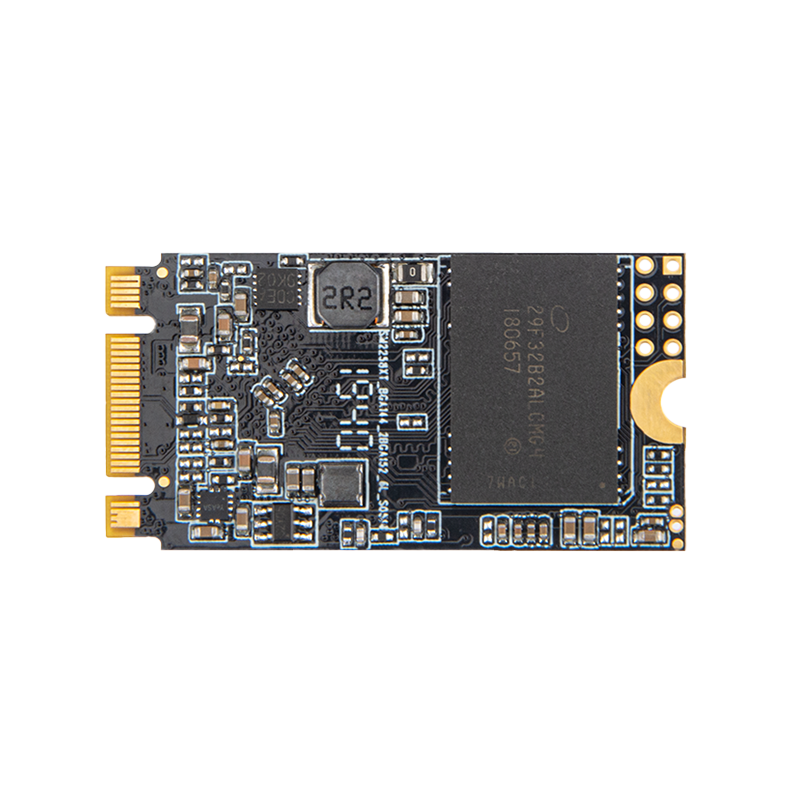Introduction
As solid-state drives gain popularity for their speed and durability, one commonly overlooked performance factor is how they behave when nearing full capacity. While SATA SSDs offer faster data access compared to traditional hard drives, their performance can degrade significantly as the available storage space decreases. This article explores how SATA SSD suppliers address performance drops in full-drive scenarios and what users can expect when their drives operate at or near capacity.

Understanding Performance Decline in Full SSDs
All SSDs, including SATA variants, rely on NAND flash memory, which must be erased before being rewritten. When the drive has ample free space, it can quickly swap out blocks and maintain high write speeds. However, as the drive fills up, the controller has fewer empty blocks to work with, forcing it to perform more read-modify-write operations. This process slows down write performance, increases latency, and can contribute to higher wear on the NAND cells. Suppliers must design their drives to reduce this degradation.
Role of Over-Provisioning and Controller Optimization
To combat full-drive performance issues, many SATA SSD suppliers implement over-provisioning—a technique where a portion of the drive is reserved for background operations. This hidden space helps maintain fast write speeds even when the visible capacity is almost full. Advanced SSD controllers also use algorithms that dynamically manage how data is written and moved across cells. These techniques, including garbage collection and wear leveling, are critical to preserving consistent performance as storage utilization increases.
TRIM Support and Its Importance
TRIM is an essential command that enables the operating system to inform the SSD which data blocks are no longer in use and can be wiped clean internally. SATA SSD suppliers that ensure proper TRIM support can significantly enhance performance under high-capacity usage. Without TRIM, SSDs cannot effectively prepare free space in advance, causing slower writes and inefficient block management as the drive fills up. Most modern SATA SSDs include TRIM functionality, especially when paired with compatible operating systems.
Performance Testing in High Utilization Scenarios
Reputable suppliers conduct extensive performance benchmarking under near-full conditions. These tests measure read and write speeds, input/output operations per second (IOPS), and latency when the drive is more than 90% utilized. Top-tier SATA SSDs often show only a modest performance drop due to intelligent firmware design, while lower-end models can suffer drastic slowdowns. This testing ensures that the drives perform within acceptable margins even in storage-intensive applications such as video editing or server environments.
Real-World Impacts and Use Case Considerations
In real-world scenarios, users may notice longer application load times or slower file transfers when their SSDs are nearly full. While casual users may be unaffected by slight slowdowns, professionals relying on high throughput may experience workflow bottlenecks. Suppliers targeting high-performance or enterprise users often design their drives with additional buffers and high-end controllers to maintain stability under heavy loads.
Conclusion
The performance of SATA SSDs can indeed be affected when the drive is nearly full, but the extent of that impact largely depends on the technology and optimizations implemented by the manufacturer. SATA SSD suppliers use techniques like over-provisioning, TRIM support, and controller-level enhancements to mitigate performance loss under high capacity utilization. For users concerned with maintaining consistent performance, choosing a well-engineered SSD and avoiding overfilling the drive are essential practices.
 EN
EN CN
CN ES
ES RU
RU







